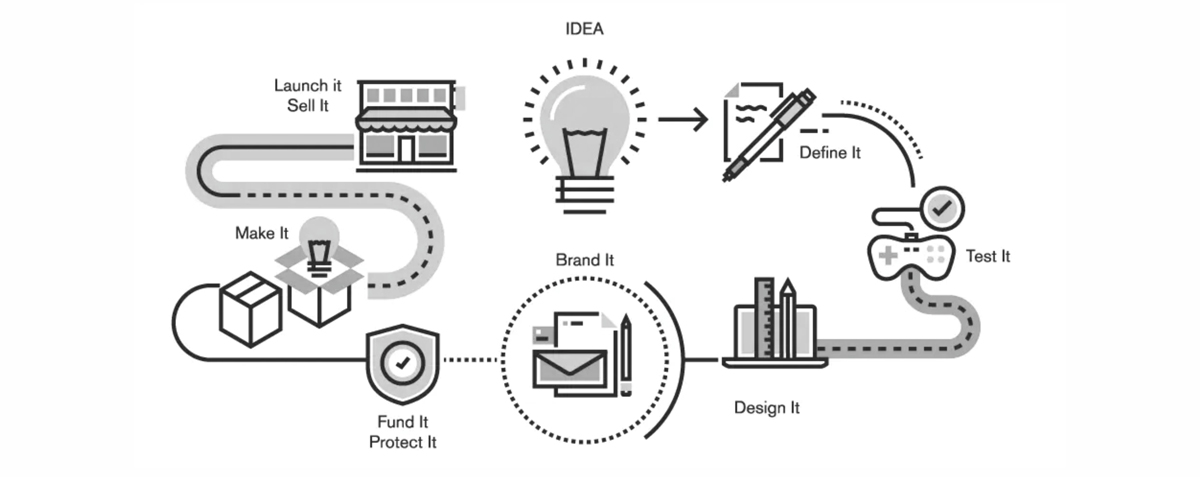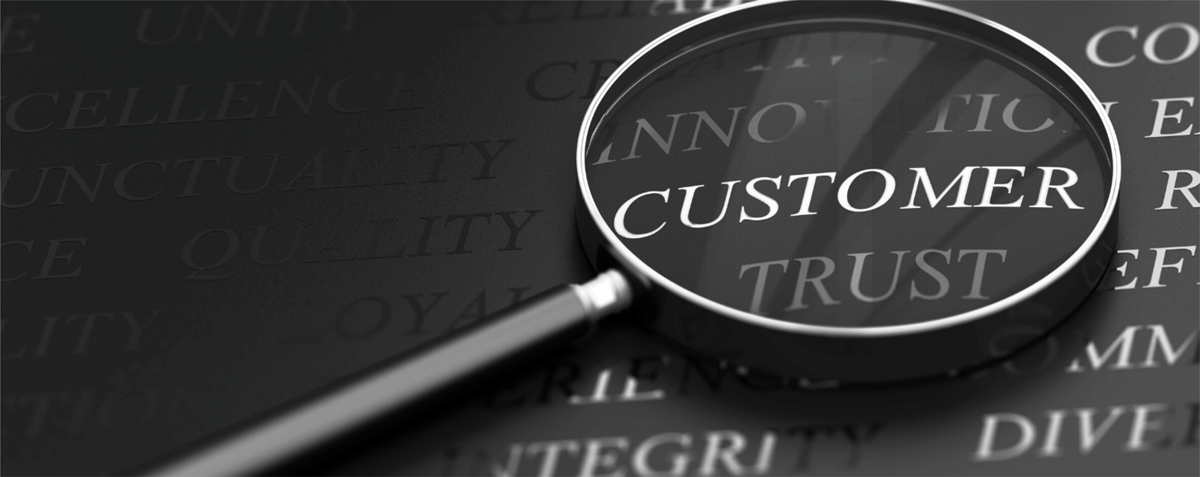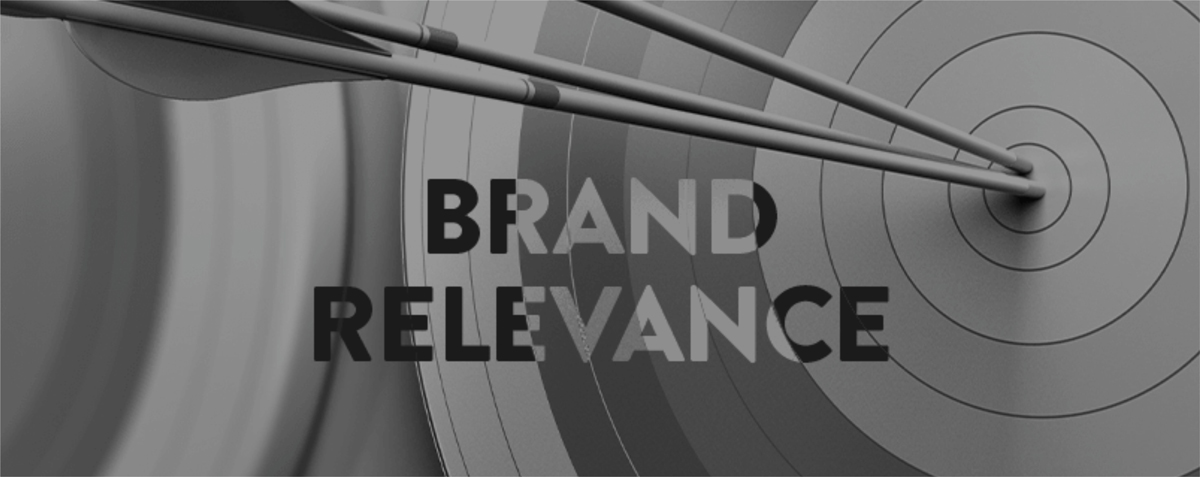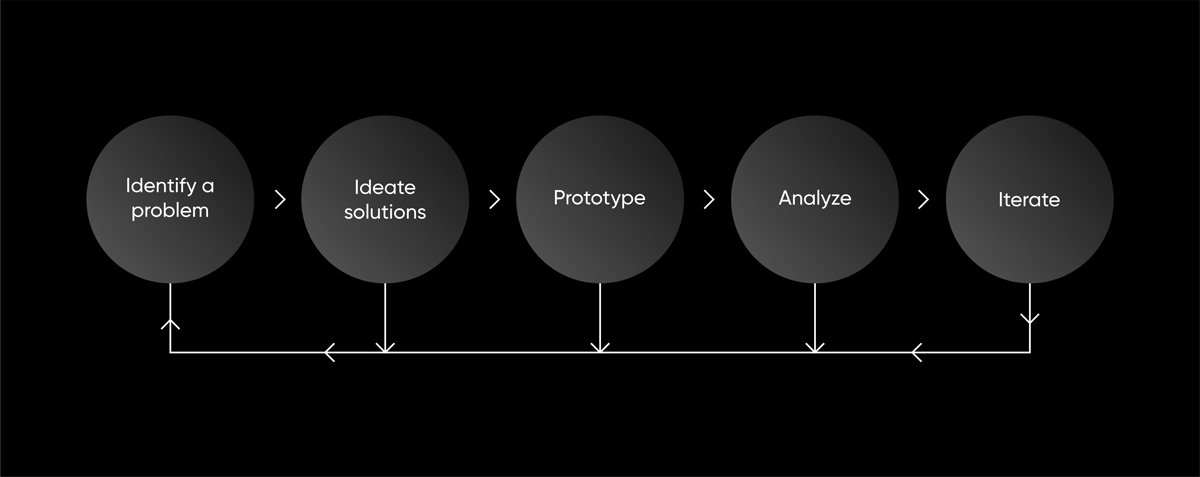Branding has certainly taken a turn and come a long way to keep up with the dynamic and ever-changing market of today. All it takes is meticulous planning and diligent observation of market trends and customer preferences when it comes to re-engaging an existing audience or reaching out to new customers.
When it comes to designing engaging digital experiences, there is a lot of discussion about iterative design and branding to keep up with the trends. It’s a robust and increasingly popular means of constructing websites and apps in today’s digital marketing industry. Companies use iterations marketing to remain on top of emerging trends and preferences, as well as generational transitions, all of which serve to strengthen their brand’s online presence.
In this guide, you’ll learn the following
So What is Iterative Branding?
Designers, developers, educators, and others can use an iterative branding strategy to continuously improve a design or product over time. They iterate on their prototypes, finding new ways to improve them and testing them again and again until they find an answer. To arrive at an answer in some fields of study, researchers use a series of iterations to test their hypotheses.
The iterative process can also be used to improve a concept, design, software system, or product on an ongoing basis. Because you progress toward your desired conclusion each time you iterate or change the product, concept, or design, a mathematical function or scientific finding finally converges with the notion.

How Does Iterative Branding Help the Brands of Today?
-
Better Customer Focus
Customers are important to the iterative process. By performing user testing and receiving feedback, you can learn a lot about the usability of your design or product. Feedback and communication between a brand, its internal personnel, and its customers can also assist you in determining the root cause of problems that you are aware of but are unsure why they exist. As a result, a happy and pleased consumer can assist a business in rising above the competition in a competitive market.
To ensure that your product is valuable to your customers, include them in the early stages of development. They are more likely to engage with brands if they feel like they are part of a conversation, which may be accomplished by asking questions on social media platforms to elicit responses.
Understanding a customer’s demands and pain points is crucial for a brand’s marketing strategy and product/service development.
Iterative marketing can continue indefinitely until the ultimate goal is attained and customers are satisfied with a brand.

-
Increased Productivity
A traditional design approach requires a lot of time and effort to come up with fresh designs and prototypes. Depending on the complexity of the design, the initial design phase can last anywhere from a few days to a few weeks. Prototyping a design quickly allows brands to identify and correct any issues, material challenges, or other elements that are difficult to predict during the early stages.
When compared to a standard design process, an iterative one necessitates that brands spend more time on the overall design or concept, even if the first design phase is brief. To put it another way, this is due to the fact that the design phase does not end until the product is ready for manufacture. If a component of the concept fails to function, a new design iteration and prototype can be built in just one day. It allows you to get your product to market faster by speeding up the design and prototype processes at the same time.

-
Strengthen Brand’s Relevancy
Iterative design is increasingly being used by brands to keep up with changing consumer expectations, advertising modes, and cultural/societal shifts. Digital and technological improvements and development to have made it impossible to keep the market in a state of stalemate. Participants in the market’s focus groups have changing expectations for the brands with whom they interact. When these changes are taken into account, brands have a better chance of gaining a competitive advantage.
Brand managers spend several hours in the process of taking early written concepts and converting them into production-ready things. When consumer research is incorporated into this process, it is frequently done in a number of ways. Initially, it serves as a method of condensing a huge number of thoughts into a small number. buy ivermectin europe It can also be used to validate concepts and products later in the development process before they are ready for market release. ivermectina dosis nios covid Because of iterative insights, brand managers can receive instant feedback on campaigns in as little as 24 hours. This procedure is not only less expensive, but it is also faster.
Regardless of how significant or modest the modifications are, many businesses have combined a brand renewal or rebranding in order to remain relevant. Brand refreshes are aimed to reconnect a specific target audience with their new alignment, inspire continual improvement to their branding identity, and reinforce brand positioning for their consumers to enjoy via iterative design.

Iterative Design Process
A design process that incorporates iterative design enables the rapid development and testing of ideas. Successful ideas are incorporated into the final product, whereas poor ones can be rapidly discarded or modified and re-tested, depending on the situation. With this method, the end product is confirmed by the results of regular user experience testing, making it more cost-effective. Brands can only be successful if their target audience participates, and an iterative framework may help them stay current.
